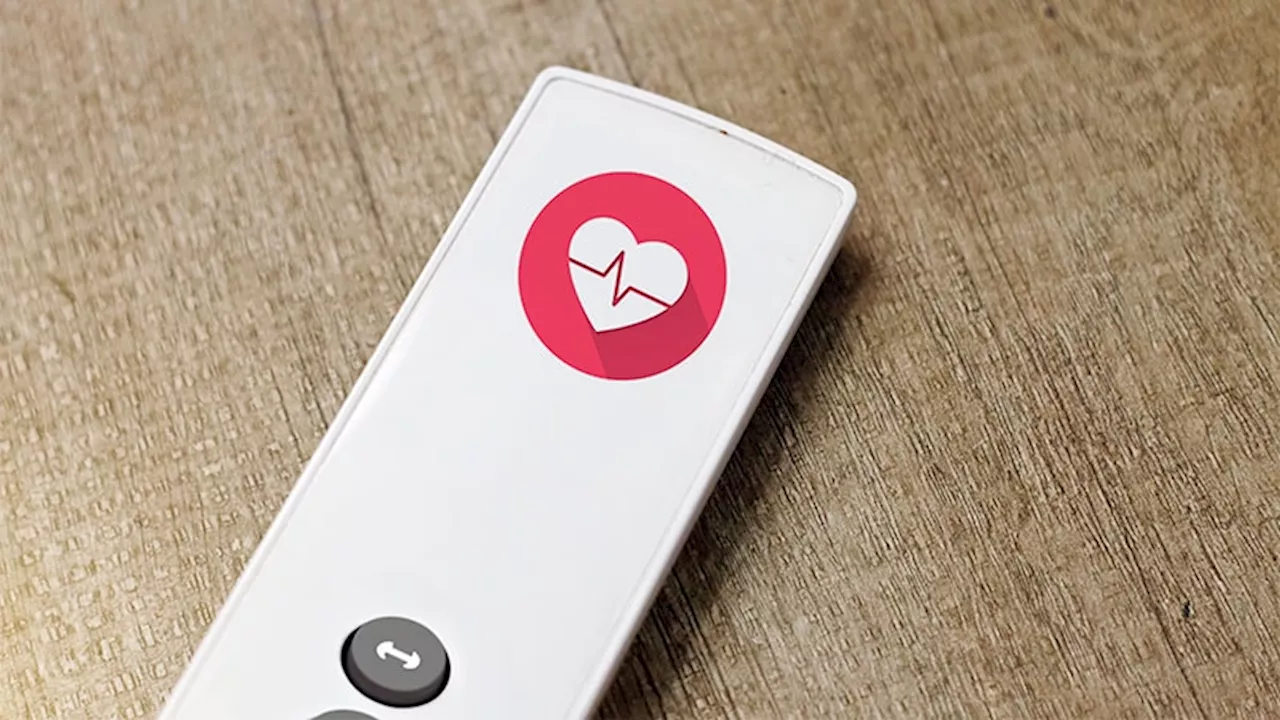Valuable data can successfully be collected with the noninvasive wearable, which is worn on the sternum, report investigators developing the new system.
A simple, lightweight device worn on the sternum can calculate intracardiac filling pressures, warning that heart failure is worsening, according to a study conducted to determine whether the device can produce the data needed.
The CardioTag data were compared with pressure tracings from right heart catheterization, the current clinical gold standard, to develop an artificial intelligence model. The estimate of pulmonary capillary wedge pressure was then tested in other patients to ensure its accuracy. Results were very accurate and comparable with those from implantable systems, reported the investigators.
Implantable pulmonary artery pressure sensors are also “very invasive and uncomfortable” for patients, as well as being expensive, Klein pointed out.
Heart Right Heart Catheterization Hypertension Cardiovascular Imaging Cardiac Imaging CV Imaging Arteries Capillaries Breastbone Catheterization Hemodynamics Hemodynamic Monitoring Pulmonary Arterial Hypertension PAH - Pulmonary Arterial Hypertension PAH Artificial Intelligence Deep Learning AI NPL Machine Learning ML Natural Language Processing
United States Latest News, United States Headlines
Similar News:You can also read news stories similar to this one that we have collected from other news sources.
 Samsung could launch its 'extended reality' wearable device next yearMariella Moon has been a night editor for Engadget since 2013, covering everything from consumer technology and video games to strange little robots that could operate on the human body from the inside one day. She has a special affinity for space, its technologies and its mysteries, though, and has interviewed astronauts for Engadget.
Samsung could launch its 'extended reality' wearable device next yearMariella Moon has been a night editor for Engadget since 2013, covering everything from consumer technology and video games to strange little robots that could operate on the human body from the inside one day. She has a special affinity for space, its technologies and its mysteries, though, and has interviewed astronauts for Engadget.
Read more »
 Scientists unveil paper-based wearable device that creates electricity from airScientists from Binghamton University in New York have unveiled a paper-based wearable device that generates electricity from air moisture.
Scientists unveil paper-based wearable device that creates electricity from airScientists from Binghamton University in New York have unveiled a paper-based wearable device that generates electricity from air moisture.
Read more »
 Can New Wearable Tech Reset Your Internal Clock?New devices promise to help realign your body’s circadian rhythm for better health, but do they work? Here’s what the experts say.
Can New Wearable Tech Reset Your Internal Clock?New devices promise to help realign your body’s circadian rhythm for better health, but do they work? Here’s what the experts say.
Read more »
 Give your brain a workout using music and this EEG wearableAlphabeats, which uses music to help increase brain performance, has partnered with Muse and will use its EEG headbands to track and monitor improvements.
Give your brain a workout using music and this EEG wearableAlphabeats, which uses music to help increase brain performance, has partnered with Muse and will use its EEG headbands to track and monitor improvements.
Read more »
 'Wearable' devices for cells | ScienceDailyResearchers developed tiny wearable devices for cells that can snugly enfold neurons and neuronal processes without damaging the cell. These thin-film wearables, made from a soft polymer, could enable scientists to measure and modulate neurons at a subcellular level.
'Wearable' devices for cells | ScienceDailyResearchers developed tiny wearable devices for cells that can snugly enfold neurons and neuronal processes without damaging the cell. These thin-film wearables, made from a soft polymer, could enable scientists to measure and modulate neurons at a subcellular level.
Read more »
 Wearable ultrasound tech for muscle monitoring opens new possibilities in healthcare and human-machine interfacesResearchers have developed a compact, wearable ultrasound device that monitors muscle activity. Attachable to the skin with an adhesive and powered by a small battery, the device wirelessly captures high-resolution images of muscle movements, enabling continuous, long-term monitoring.
Wearable ultrasound tech for muscle monitoring opens new possibilities in healthcare and human-machine interfacesResearchers have developed a compact, wearable ultrasound device that monitors muscle activity. Attachable to the skin with an adhesive and powered by a small battery, the device wirelessly captures high-resolution images of muscle movements, enabling continuous, long-term monitoring.
Read more »
